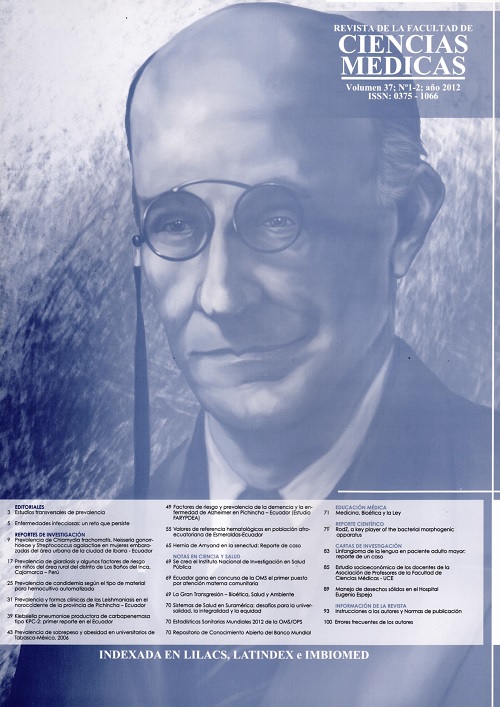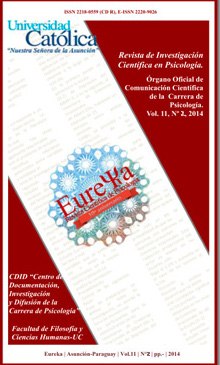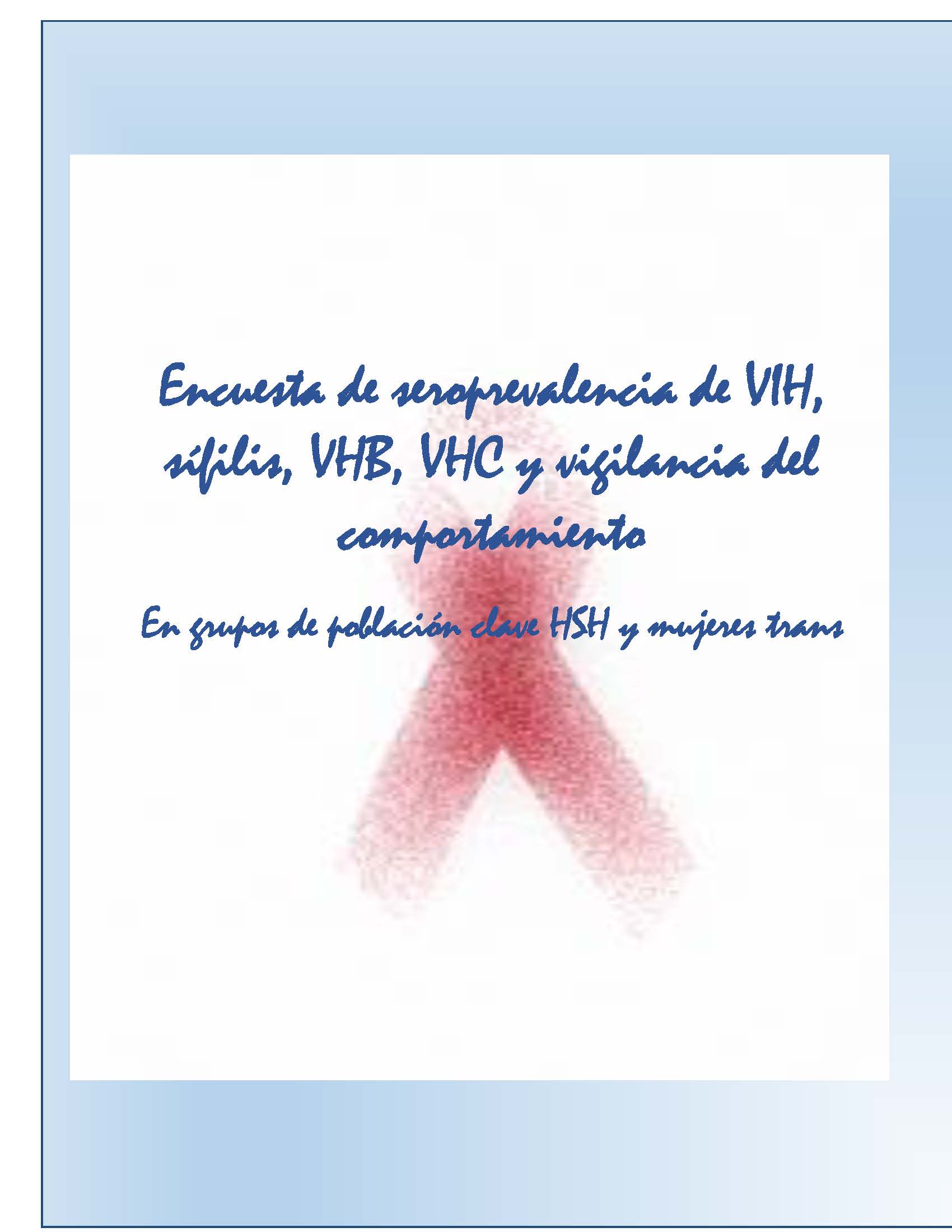Resumen
Purpose: In the last two decades transmission of hepatitis C virus (HCV) in HIV positive men who have sex with men (MSM) has been reported globally. Chemsex and specific sexual practices have been identified as risk factors. Our study aimed to identify risk factors for HCV transmission in MSM living with HIV attending in Mexico. Methods: We conducted a case-control study from April to December 2019 at the Hospital de Infectología “La Raza” National Medical Center, in Mexico City. A case was defined as an HIV-infected MSM with positive HCV-antibody test. For each case, 3 controls were included, defined as HIV infected MSM with negative HCV-antibody test. A self-questionnaire covering sexual practices and other risk factors for HCV transmission was applied. Bivariate analysis was performed to obtain odds ratio (OR) using Chi-square test. Independent risk factors were identified in a subsequent analysis performing a logistic regression model.
Results: A total of 324 patients participated in the study, 81 cases and 243 controls. Median age was 30.5 years (IQR: 18–52) and 28.8 years (IQR: 21–45) in the case and control group, respectively. Most prevalent HCV genotype was 1a (79%). In the logistic regression model, sharing straw during cocaine inhalation (OR: 9.03; 95% CI; 1.35–13.52; P = 0.003), sharing sex toys (OR: 17.53, 95% CI; 6.85–44.86; P = 0.002), and ethyl chloride use for chemsex (OR: 2.26; 95% CI; 1.29–5.56; P = 0.037) were significant risk factors for HCV infection. Conclusion: This study identifies risk factors for HCV transmission in Mexico in HIV positive MSM in congruence with the findings of many studies performed worldwide. This is the first study that indicates a possible association between ethyl chloride use in chemsex and HCV infection. Assessment of local populations for risk factors for HCV transmission may help to develop specifically targeted behavioral interventions to reduce HCV transmission.






